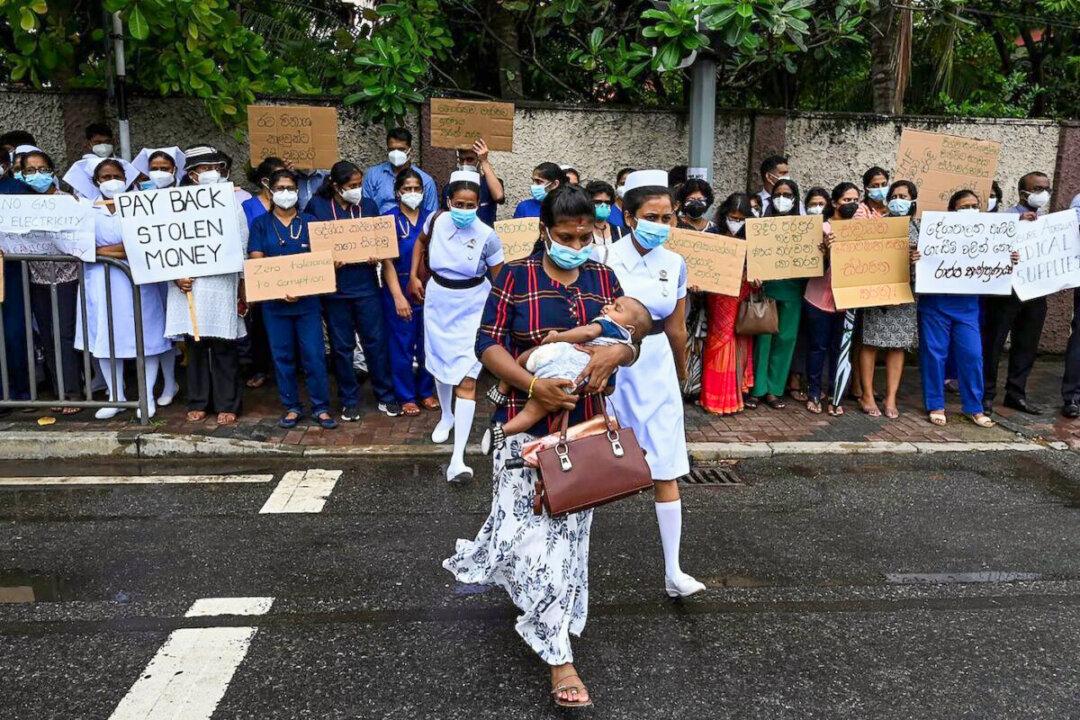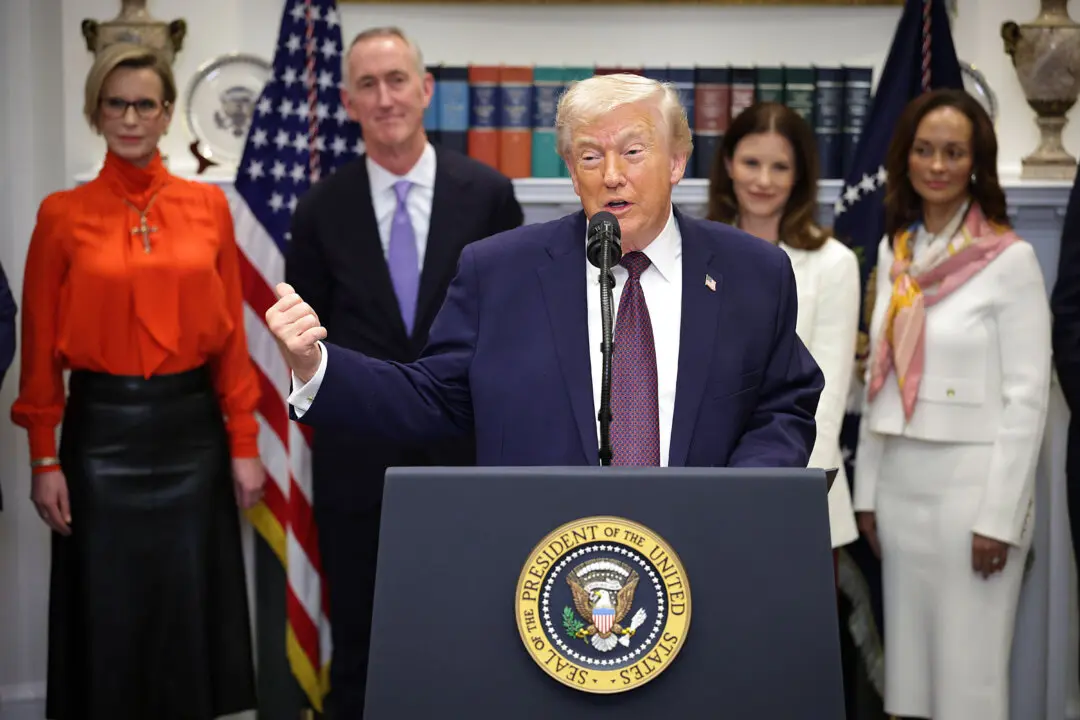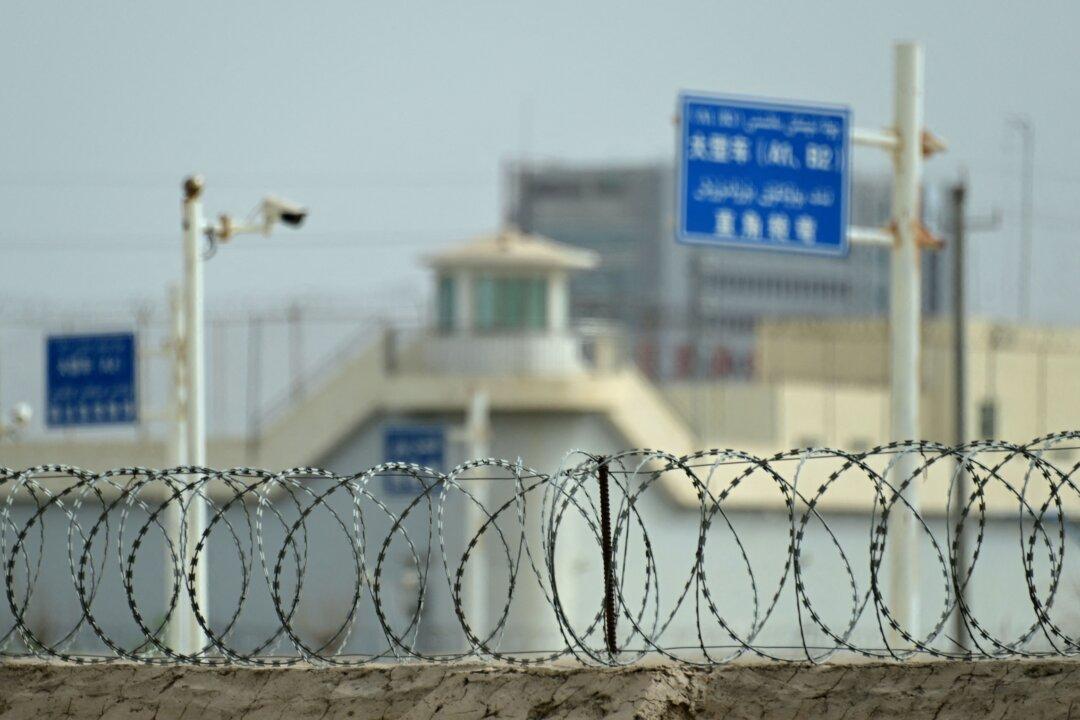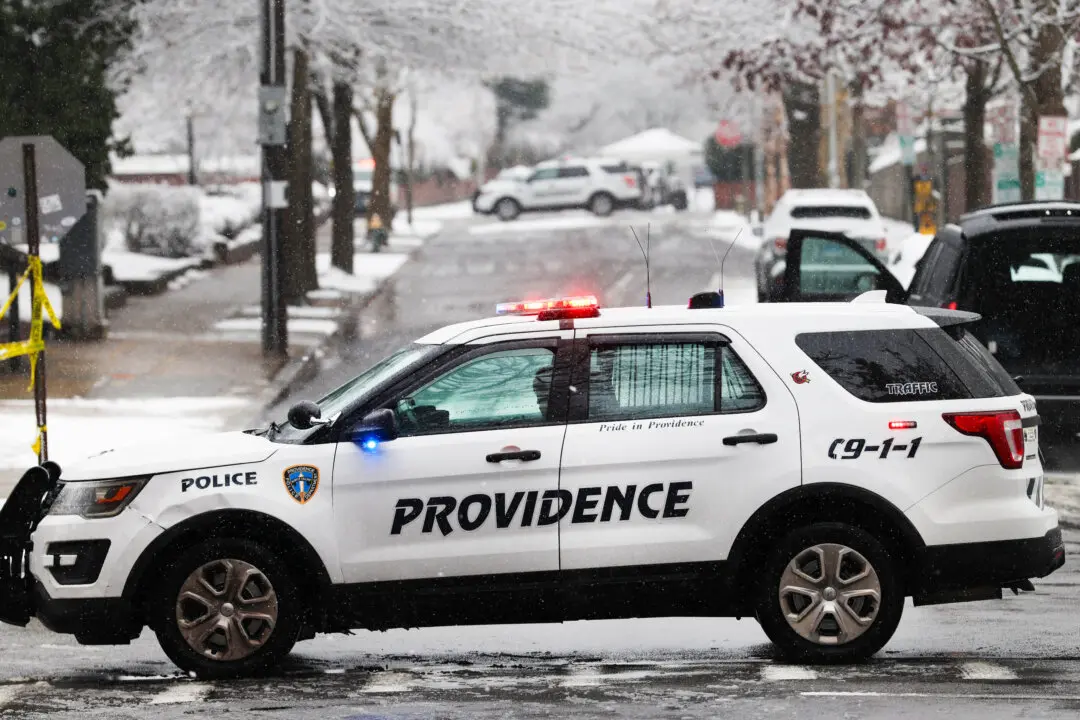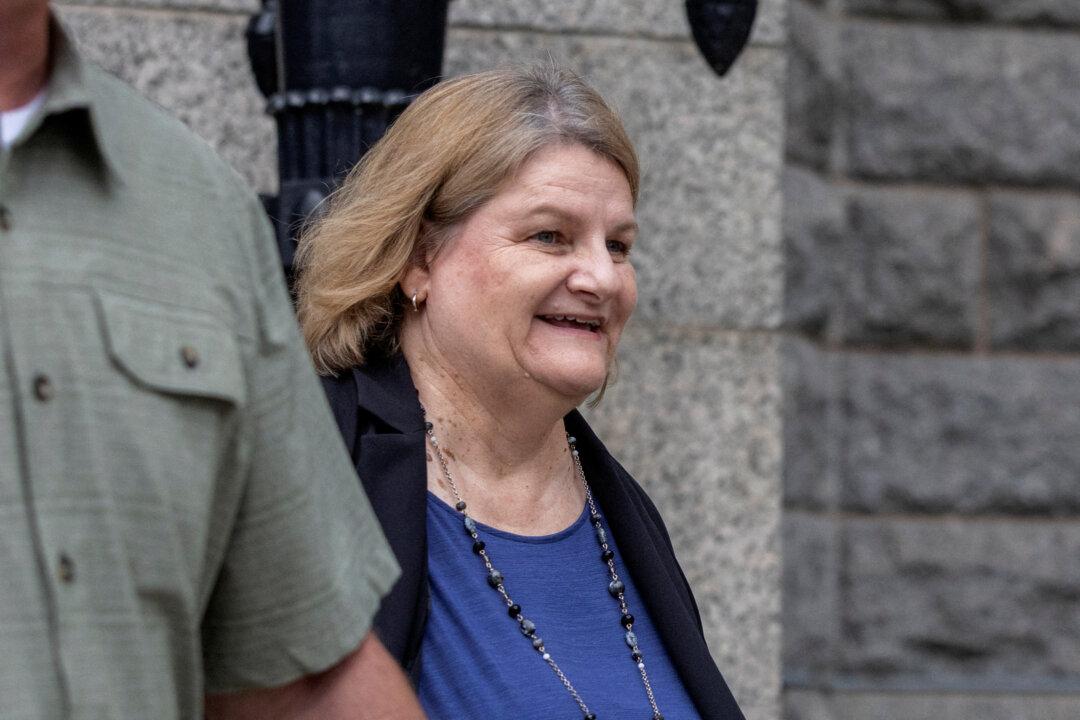Sri Lanka’s unprecedented economic crisis has left millions of its people in need of life-saving aid, with the severe shortages of essential medicines and frequent power cuts jeopardizing the country’s health care system.
Nearly 5.7 million people in Sri Lanka, including children, are in need of immediate life-saving assistance, according to the United Nations.
